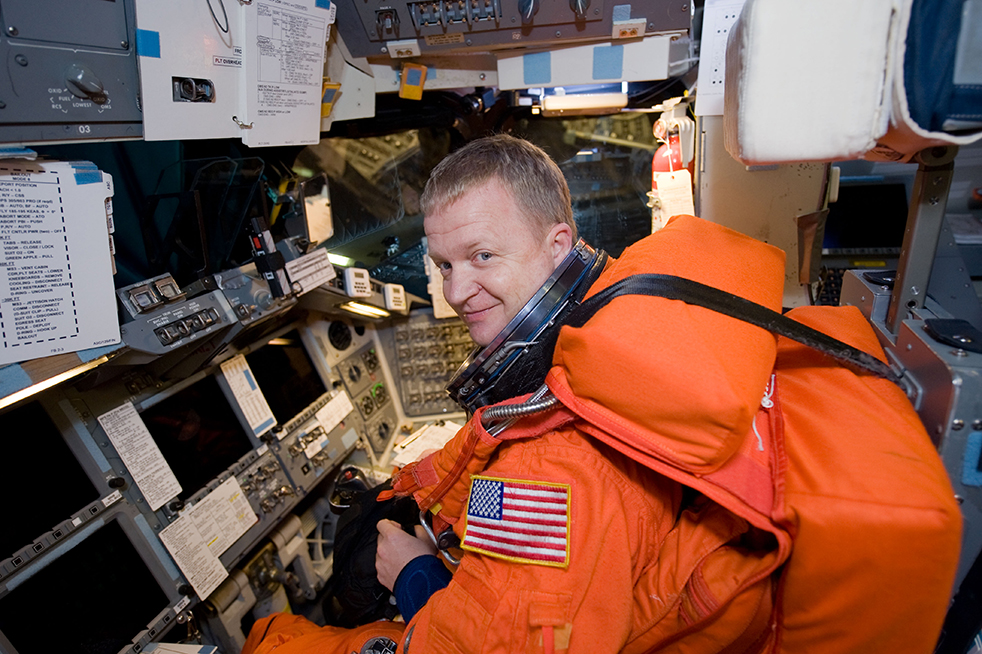NASA recently announced the formation of their Commercial Crew Program, a partnership with private companies to provide crew transportation services to and from the International Space Station. Four astronauts have been selected as the Commercial Crew, Doug Hurley, Bob Behnken, Sunita Williams, and Georgia Tech alumnus Eric Boe.
Boe was born in Miami but grew up in Atlanta. He received his Bachelor of Science in Astronautical Engineering from the United States Air Force Academy. In 1987, upon earning his degree with honors he was commissioned into the Air Force.
With the Air Force Boe worked as a test pilot. There he became a colonel and logged more than 5,000 flight hours in more than 45 different aircraft. This included 55 combat missions over Iraq in support of Operation Southern Watch after the first Gulf War. Boe graduated from Georgia Tech in 1997 with a Masters of Science in Electrical Engineering.
In July 2000, Boe was selected as a pilot by NASA. On his involvement Boe said, “As a test pilot I really wanted to get involved with the new program of flying space vehicles.” Boe has served as a pilot on two space shuttle missions, Endeavor and Discovery, with a combined time in space of more than 28 days. Each of these involved flying the shuttle through complex rendezvous and docking maneuvers to safely attach it to the orbiting space station. In August 2012, Boe was named Deputy Chief of the Astronaut Office.
NASA chose four people to start working closely with commercial spaceflight companies like SpaceX and Boeing to prepare for future human flights on those companies’ vehicles. On being chosen, Boe commented, “I’m honored to get the opportunity to participate with this new group and to work with a team to get us on to this next era in spaceflight.” The four people chosen are all former Air Force test pilots.
One of the main goals of the Commercial Crew Program is to enable NASA to buy a service, much like buying a taxi trip to low-orbit Earth. This in turn facilitates focus on building spacecraft and rockets for deep space missions, including flights to Mars in the 2030s. The new program is also more cost effective, by developing safe, reliable crew transportation to the International Space Station that reduces reliance on foreign systems.
“It’s very important for us to get an independent ability to get to the International Space Station,” Boe said. Previously American astronauts were sent up through Russian spacecraft. In creating a partnership with private companies, NASA is using limited resources wisely to enable deep space capabilities. “We’re part of a partnership and part of the partnership is to have different abilities and so the United States having access is extremely important to the effort.” The cost per seat ranges from $76 million on the Russian Soyuz to $58 million through SpaceX and Boeing.
NASA states that the Commercial Crew Program will transform human spaceflight for future generations.
